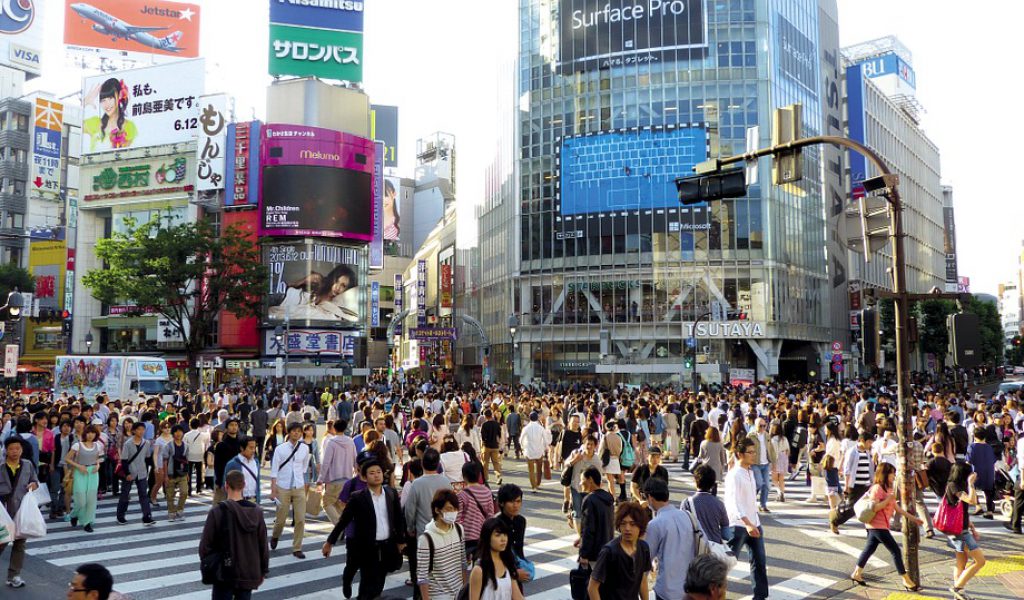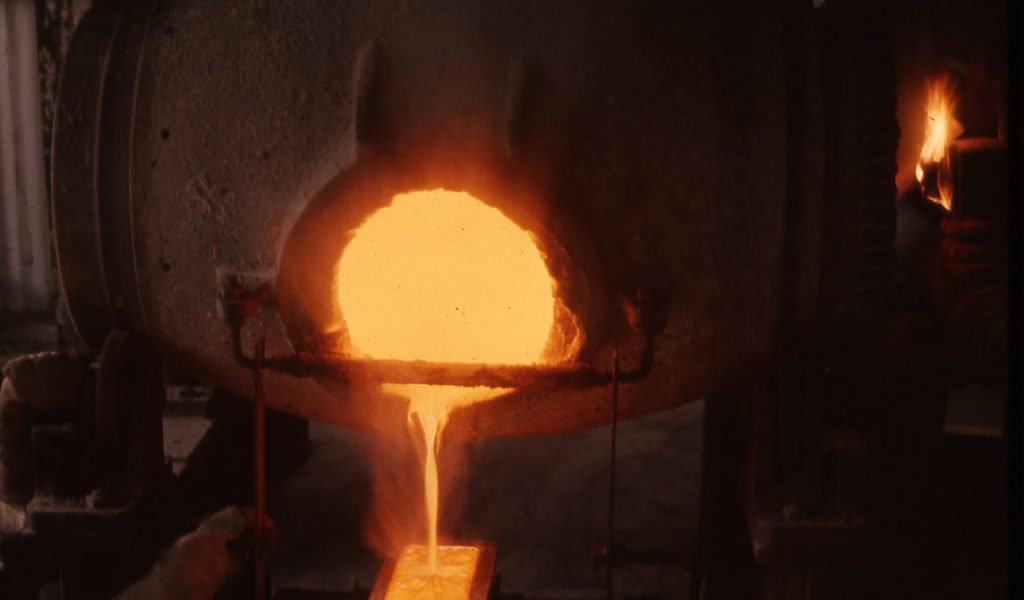Japan April flash manufacturing PMI falls after Kumamoto quakes
Activity levels across Japan’s manufacturing sector contracted sharply in April. Japanese manufacturing activity contracted this month at the fastest in more than three years and output fell the most in two years, after earthquakes halted production in the southern manufacturing hub of Kumamoto. The preliminary Nikkei Manufacturing Purchasing Managers Index fell 1.1 points to a seasonally adjusted 48.0 in April from a final 49.1 in March. The data was way down the expected 49.6 figure. The PMI remained below the 50 threshold that separates contraction from expansion for the second consecutive month and showed activity contracted the most since January 2013. Moreover, the output component of the PMI index also fell to 47.9 from 49.8 in the previous month to show the fastest contraction since April 2014. The sharp drop in total new work was underpinned by the fastest fall in international demand since December 2012, and following the two earthquakes in Kumamoto, the outlook of the goods-producing sector now looks especially uncertain.









